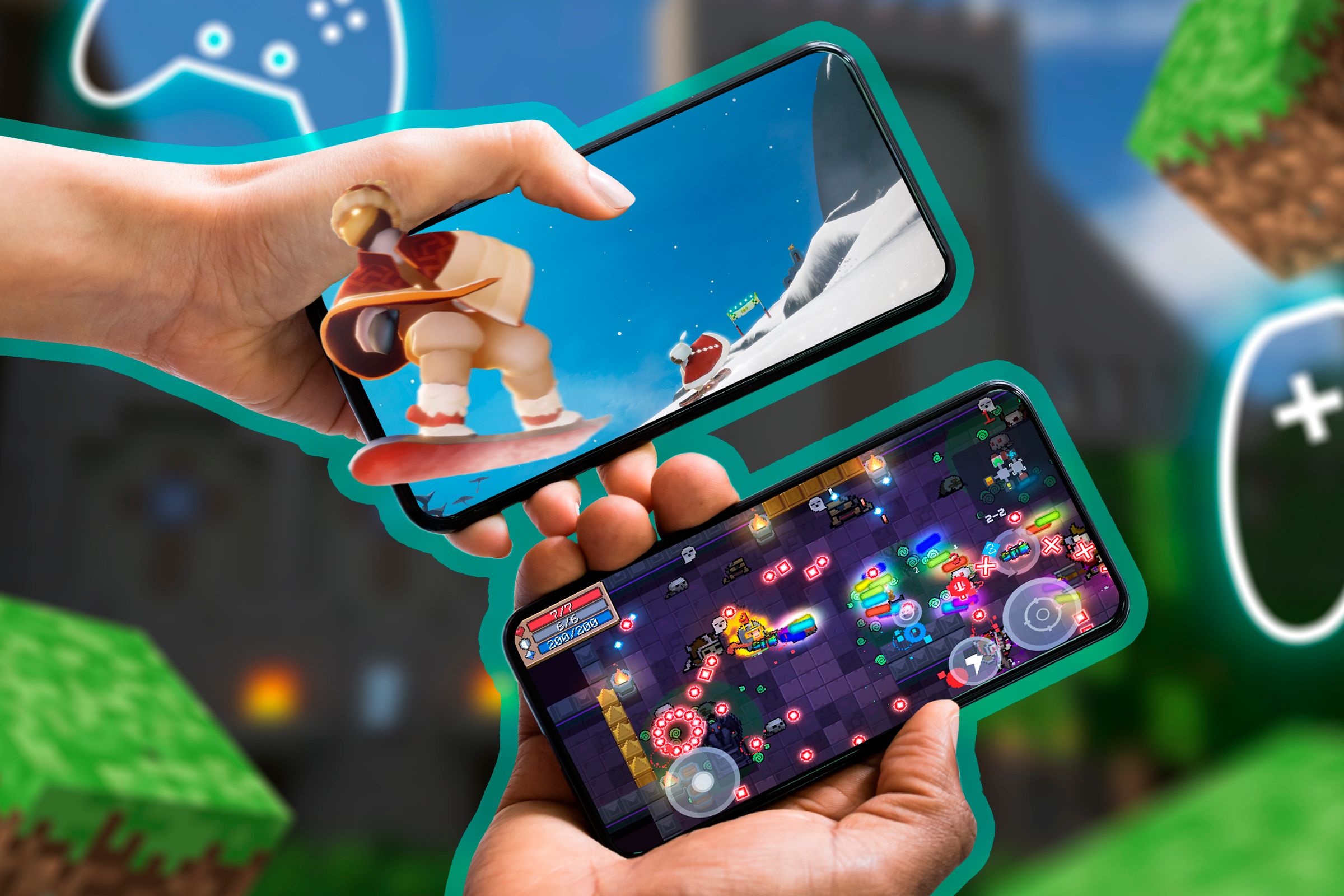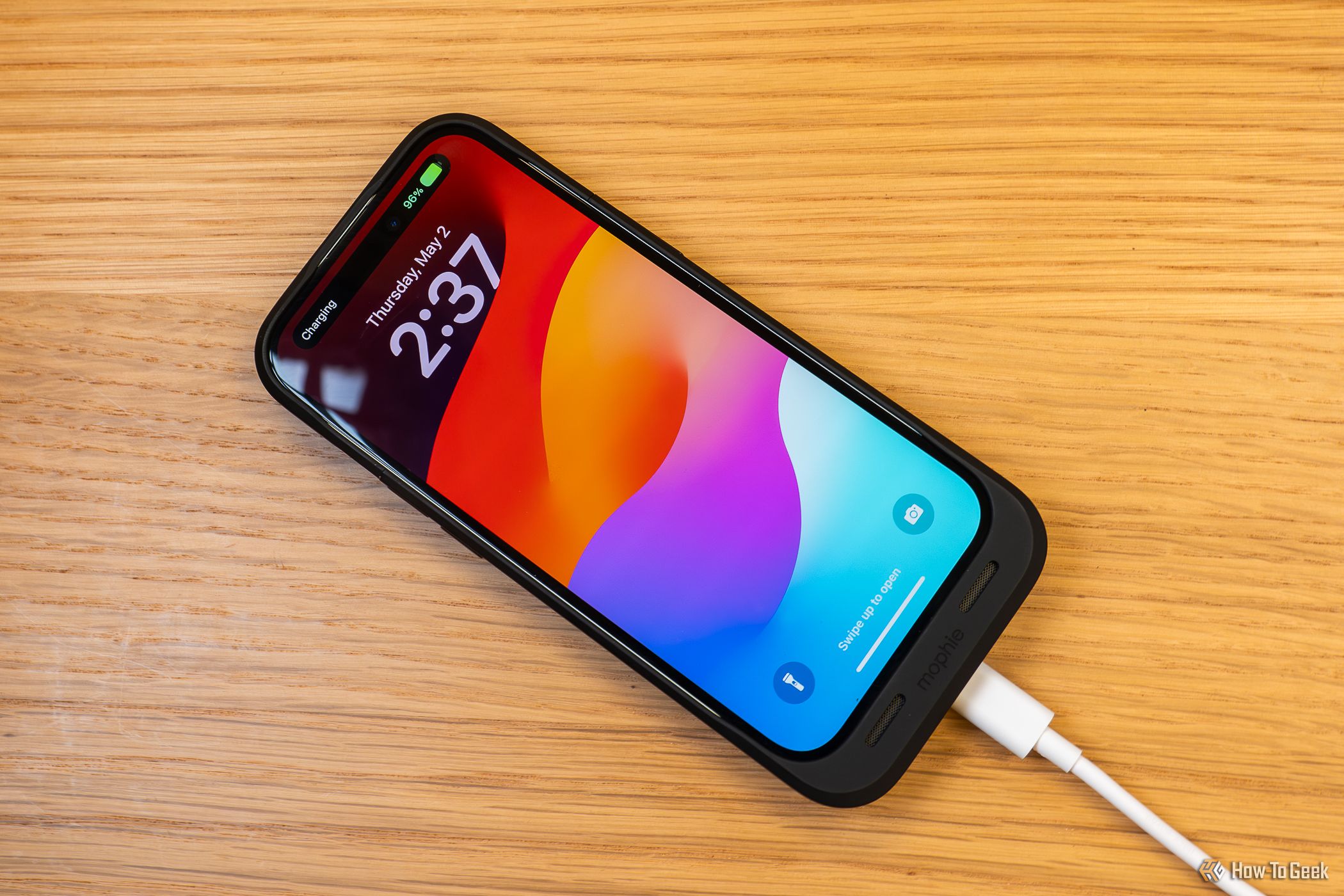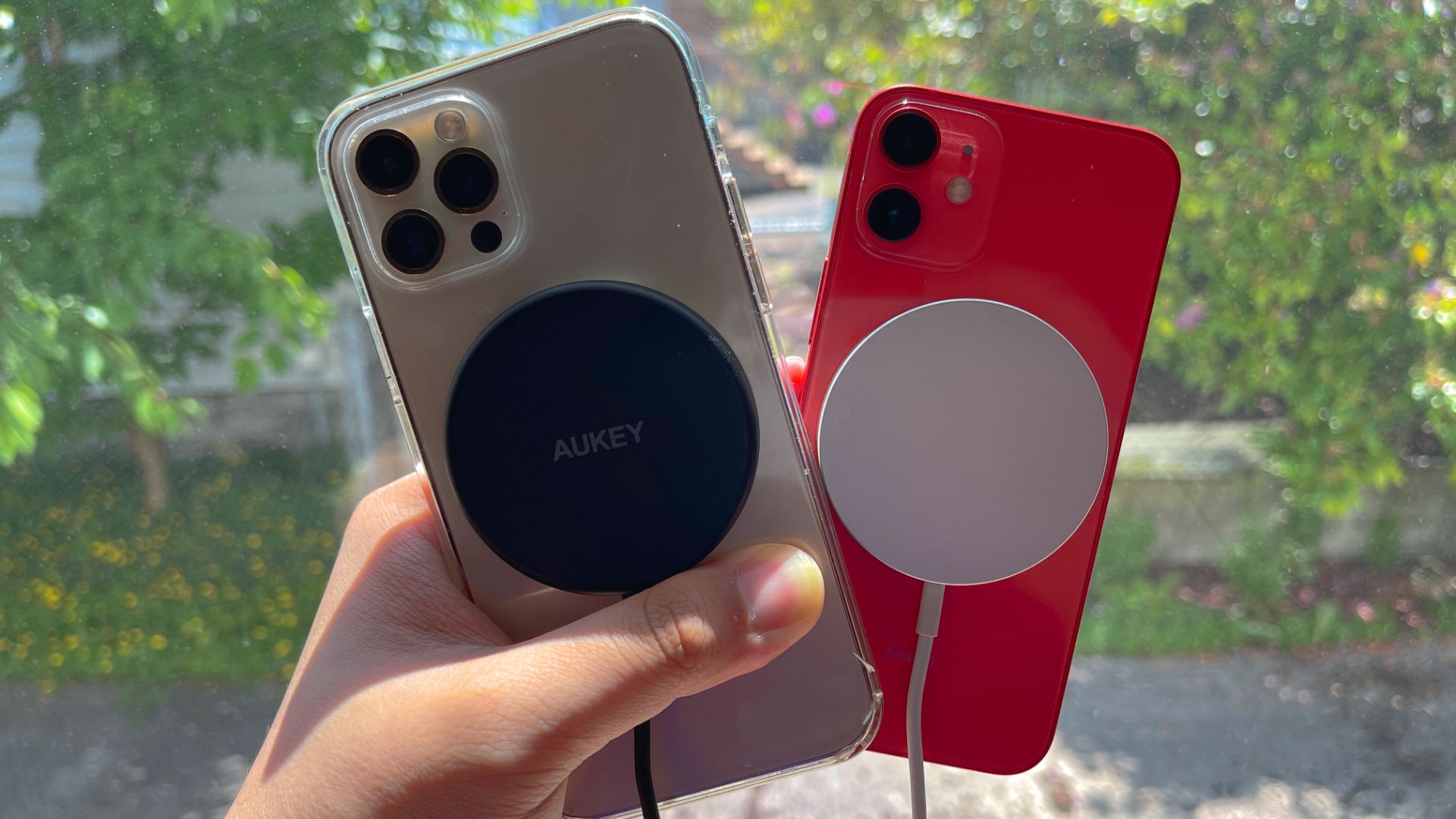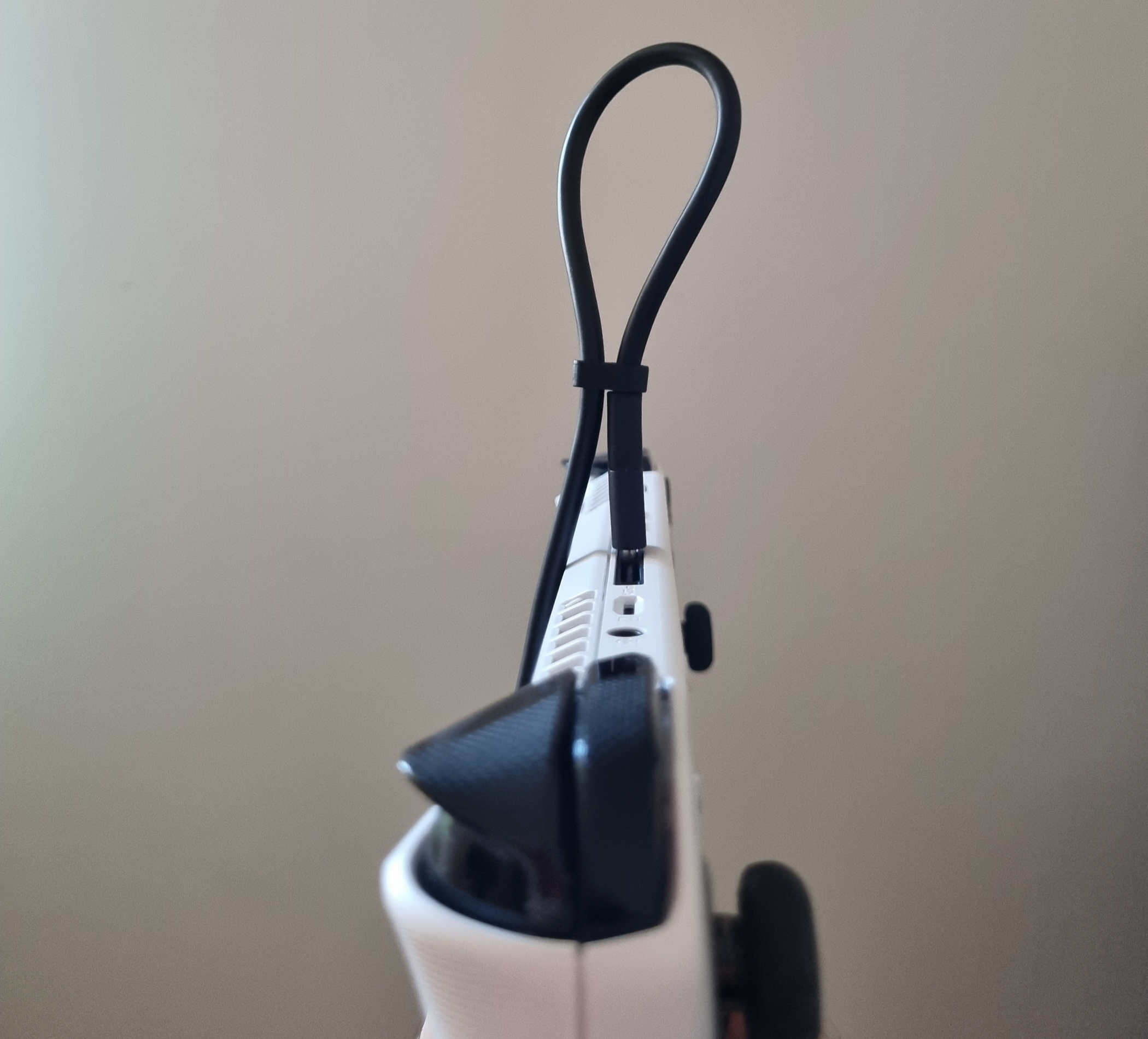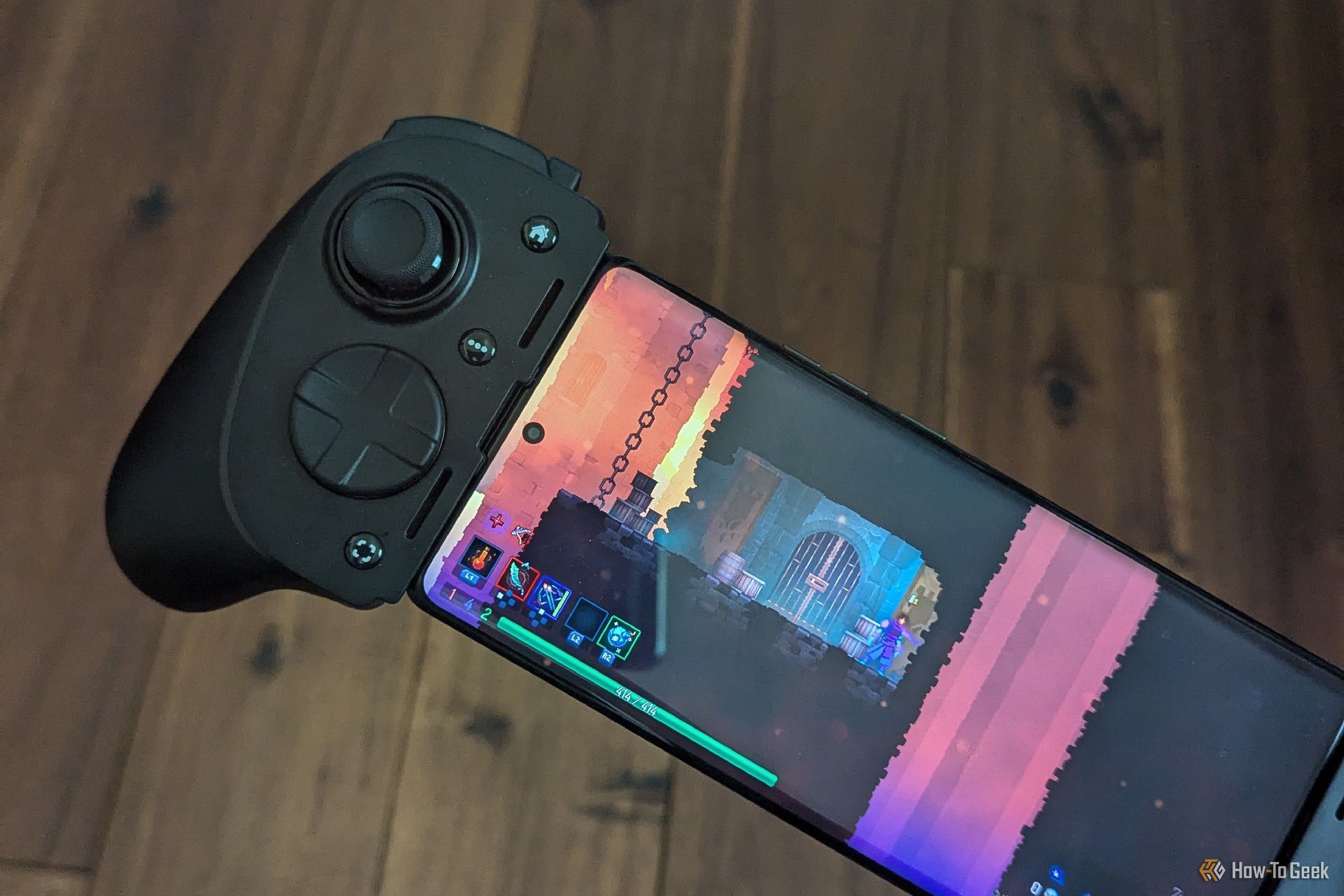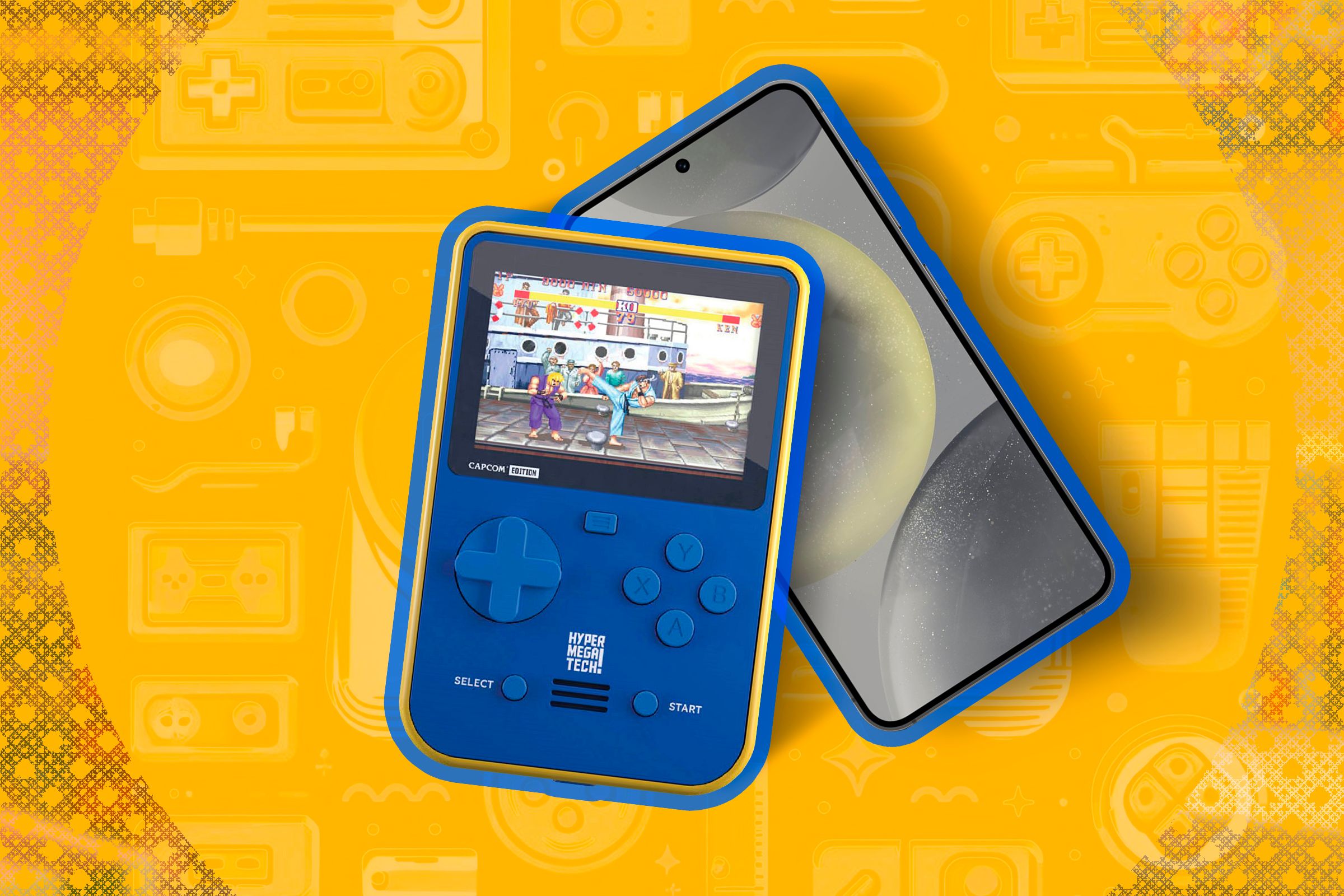Did you take your first gaming steps with mobile gaming but no longer find it fulfilling? You’re probably not tired of games in general, just mobile games. Here are six signs that indicate you’re ready to graduate to a dedicated handheld console or PC.
Mobile Games Don’t Do It for You Anymore
The mobile gaming market is rife with games, but the majority of these games are free-to-play titles with a glut of in-app purchases. They often force players to spend real cash to progress through the game.
There may be a good number of quality mobile titles and decent console and PC game ports, but they are few and far between these days. But if you’re a seasoned mobile gamer with thousands of in-game hours under your belt, you might find that mobile games just don’t do it for you anymore.
Perhaps the issue isn’t with you but with the fact that mobile platforms, even iOS and iPadOS with Apple Arcade and a higher number of well-made games compared to Android, are in desperate need of more ports of full-fledged console and PC games.
Maybe you long to play more games with a clear beginning and end, games that don’t rely on daily quests and constant interaction, games made to be finished, and games with rich, intertwined gameplay mechanics that have way more depth to explore than your average mobile title.
Getting a handheld console or a PC gaming handheld might rekindle your gaming flame and help you become more invested in gaming than ever before. Even an older handheld, like the Nintendo 3DS, offers thousands of awesome, gameplay-first titles.
Then you’ve got the Nintendo Switch, which brims with brilliant Nintendo exclusives along with a bounty indie masterpieces. There’s also the Steam Deck and its Windows handheld cousins, which boast immense game libraries of tens of thousands of PC games; from the latest AAA blockbusters to the same indie gems found on Switch, to numerous PC classics of yore.
The Deck and Windows handhelds also include access to dozens of emulators, allowing you to play games from most major gaming platforms. You’ll never be bored!
You’d Like to Play Games Without In-Game Purchases
Though more PC and console games than ever include in-game purchases, the majority of PC and console games are free from this trend permeating the mobile gaming landscape.
As long as you aren’t multiplayer-oriented and are ready to pay for your games, you can game on PC and consoles for the rest of your life and successfully avoid games with in-app purchases. Sadly, this isn’t the case on mobile gaming platforms, where even quality titles offer some form of microtransactions that stopped being micro some 15 years ago.
If you don’t want to spend a bunch of cash regularly on acquiring new games, you can subscribe to Xbox or PC Game Pass and enjoy hundreds of games, including first-party Microsoft games, for less than what you’d pay for a single indie game.
Sure, you can use Game Pass on your phone, but there, you’re limited to cloud streaming, which comes with a bunch of caveats. If you go for a PlayStation, you can subscribe to PlayStation Plus for a similar offering.
You Charge Your Phone Multiple Times Per Day
This often frustrated me during my mobile gaming days, back in the 2010s. I’d play something, the phone’s battery would drain as fast as a freshly unclogged sink, and I’d have to hook the phone up to a charger.
But then the thing would get scorching hot, especially during summer. The charging cable would prevent me from holding the phone the way I wanted, forcing me into a less comfortable holding position. I’d usually just end up leaving the phone alone and letting it charge.
Nowadays, with fast charging, you don’t have to leave your phone for hours to top up, but the issues of the phone getting too hot for comfort and the cable getting in your way are still there. MagSafe for iPhones solves the cable-getting-in-your-way issue, but the tech doesn’t provide enough juice to top up the battery while gaming, especially when playing a demanding 3D title.
Another issue is that topping up your phone too often can degrade its battery faster. Most phones only have passive cooling, which can lead to thermal throttling when charging and gaming, or even when just gaming, due to excessive heat buildup.
On the other hand, gaming handhelds don’t suffer from the same issue. Although most PC gaming handhelds indeed have disappointing battery life, they’re designed to be used while charging. They don’t get uncomfortably hot, they don’t even thermal throttle because of their active cooling solutions.
For example, my ROG Ally doesn’t get any hotter when I game on it while charging it, and the charging cable doesn’t get in the way of holding the handheld. I can game on it while charging without feeling like I’m holding an ember, I don’t have to worry about thermal throttling, and the battery isn’t exposed to excessive heat thanks to the active thermal solution that does its job.
The Nintendo Switch is even better in terms of battery life and heat generation. The OLED version can last almost five hours under heavy use, with the Switch Lite offering decent battery life (nearly three hours when playing demanding games). Heat generation during charging isn’t an issue on the regular Switch. The Lite can get warm when gaming and charging, though, but nowhere near as much as most phones do.
You’re Tired of Constant Notifications While Gaming
What frustrates me the most about mobile gaming is that my phone isn’t a dedicated gaming device, meaning I’m bombarded with notifications when gaming. Sure, I can disable notifications for the worst offenders before starting a game, but that’s far from an optimal solution.
Getting a gaming handheld is the perfect remedy since you no longer have to deal with annoying phone notifications while gaming. You can check them at your convenience or simply mute your phone while you play. This is a far more elegant solution than temporarily disabling individual app notifications every time you start a game.
You Wish Your Phone Had Better Game Controls
Back when I got my first smartphone capable of running demanding 3D mobile games, the HTC One V, I loved the thing because I could finally play all those cool-looking mobile games I read about.
But the excitement soon waned thanks to poorly designed touch control schemes. Gaming on my first tablet—the OG Nexus 7—was a bit better, but the issue of poor touch controls lingered. So, instead of using it as a handheld gaming console, which was my original plan, I ended up using the thing mostly as an e-reader and media player.
More than a decade later, the issue of poor touch controls is alive and well. The best example is the recent iOS and iPadOS port of Assassin’s Creed Mirage, which I tried on a friend’s iPad Pro and dropped after a few minutes because the default touch control scheme is awful.
That said, the situation for mobile gamers is much better than it was a decade ago. There are a ton of phone controllers out there, some of which provide a console-like controller experience that was unheard of back in the early 2010s.
They still come with caveats, such as feeding off your phone’s battery and draining it even faster, taking up your phone’s sole USB-C port, making answering texts or calls a pain when using them, and having to carry them around everywhere with you if you want a decent mobile gaming experience when out and about.
On the other hand, gaming handhelds are made for gaming, so their default controls usually rock. Truth be told, the Switch has less-than-ideal analog sticks and the D-pad, but both are leagues ahead of the touchscreen gaming experience.
You Need a Second Screen While Gaming
If you’re like me, you always reach for your phone while gaming to search for game guides, and read about the game you’re playing, its characters, story, or the effects of certain decisions, all of which is a bit hard to do when you’re gaming on the same device.
You can use your tablet for that if you own one, but most of us don’t have easy access to a second screen while gaming on our phones. If you constantly have to check something about the game you’re playing on your phone, moving to a dedicated gaming handheld will allow you to use your phone as the second screen, which works great for me.
When I’m gaming on one of my gaming handhelds, I can simply pause the game, pick up my phone, find out whether that new piece of armor or weapon works with my build, drop the phone back on the couch, and continue gaming.
Handheld Gaming Doesn’t Have to Be Expensive
Gaming handhelds are great, but they are a pricey investment, right? After all, we all have phones, so we don’t have to invest extra cash in a dedicated gaming handheld.
But the truth is that the handheld gaming ticket doesn’t have to command a premium. You can get a used Nintendo Switch Lite for about $100 or less or buy one of the numerous retro handhelds for under $50 if emulation is most important to you.
The Steam Deck LCD costs $399, which may seem like a lot, but it’s a fairly solid price for what you’re getting. If you don’t mind buying a used Deck, there’s a good chance you will be able to snag one for less than $250 if you regularly follow Steam Deck eBay listings. Regarding Windows handhelds, an open-box ROG Ally can be yours for less than $450.
There’s nothing wrong with mobile gaming, yet mobile gamers have to put up with way more nuisances than console and PC gamers. Poor ergonomics and controls, short battery life, no access to a second screen, thermal issues, and the mobile gaming market is way behind the console and PC markets quality-wise.
Upgrading to a dedicated gaming handheld will allow you to stay mobile while having a massively better gaming experience and access to thousands of games you cannot play on your phone.


